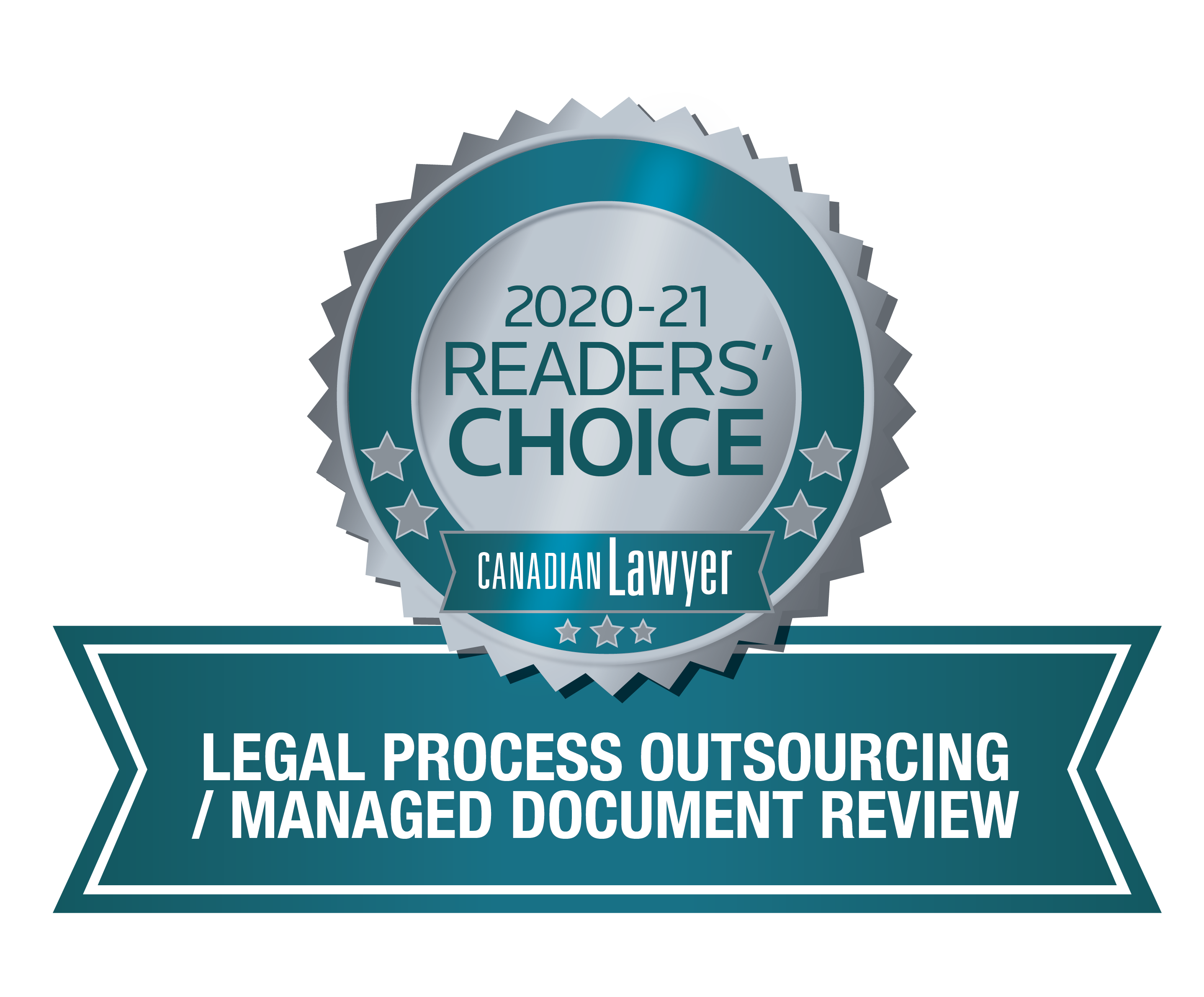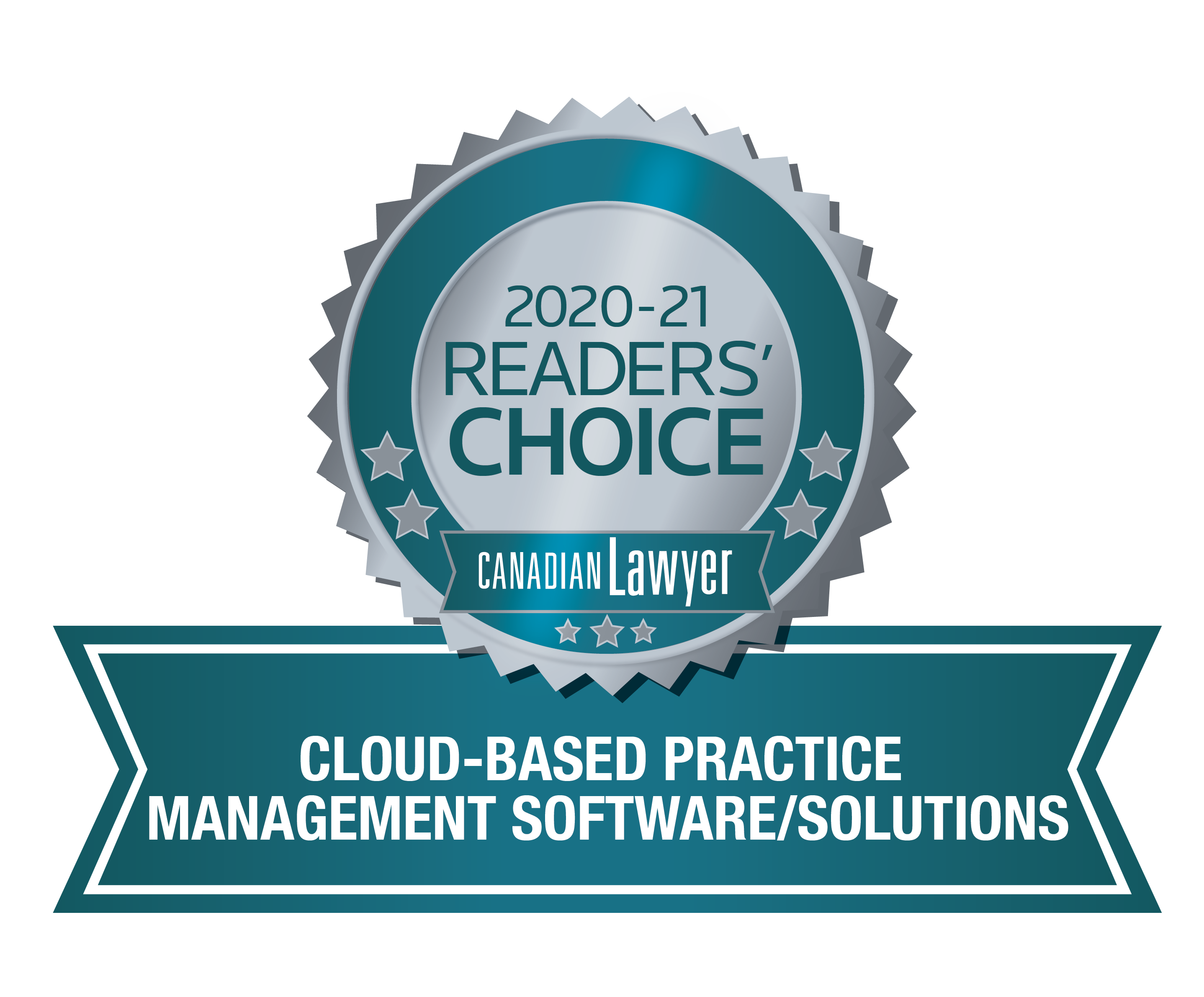
Moving to the cloud can be daunting but that should not stop you from considering this transition. It is no longer a dilemma of whether you should go to the cloud or not, rather it is a must as on-premise solutions may no longer be a viable option in today’s competitive landscape. Start treating cloud computing as a key enabler for your digital transformation initiatives to stay competitive.
Don’t be surprised to learn many of the applications you already used in your organization are cloud-based – you just may not be aware of it. The predicament now is how do you get started. Here are three focus areas to think about:
Start with a strategy
It’s all about planning prior to the migration. If you plan effectively, you can save time and money in the long run. Ask yourself if you want to migrate everything to the cloud — for example, lifting and shifting legacy applications might not make sense due to its complexity. Assess what type of services or workloads you want within the cloud (e.g. non-revenue generating applications).
Understanding your organization’s aspiration is also critical. What are you trying to accomplish? What is your objective or goal? You must align it with your business strategy and evaluate your capacity level. Start on a cloud project that you can achieve and, most importantly, provide a business value to demonstrate the benefits and speed of adoption for all future cloud-based initiatives.
Cost savings may be a strong motivating factor to move applications to the cloud. However, you must also consider that you need financing to kick off the cloud initiative — meaning you will experience escalating costs in the beginning without seeing the cost reductions.
Determine which type of workloads are suitable to go to the Cloud
Compare the advantages of migrating applications to the cloud that do not exist on-premise. Cloud gives you the flexibility to scale the workloads to the amount of computing power you need at a particular period of time. Depending on seasonality of your business or nature of your organization, you may experience a surge of demand for your computing power on a particular application — whereby transitioning to the cloud makes a lot of sense. For example, financial systems are a good candidate to move to the cloud during fiscal year end. Work closely with your cloud providers to define your organization’s peak times vs slow times, that way you can just pay for what you ‘use’ versus paying for all of the infrastructure you might ‘need’.
Don’t forget to emphasize the business value of being able to scale up and down based on demand. Evaluate the workloads and assess the likelihood that the amount of computing power you need will vary tremendously over time; and concentrate on these. Define legitimate use cases for getting to the cloud. If you have remote employees working across different locations, you can improve employee experience and productivity by moving to the cloud — which allows organizations to create a single, common environment for users to access information regardless of where they are connecting from.
Address data privacy, compliance, and security concerns
Data is always a huge concern and that is where most of the risk lies. Companies generate and accumulate data all the time, but the problem is they do not clean up nor keep it current. Ensure you have a data retention policy in place and understand what the requirements are. The key is to get rid of the data you do not want to bring to the cloud — always do the clean-up first!
Take into consideration the geographic markets and customers you serve and support and the regulatory and compliance requirements – for example, GDPR in Europe, PIPEDA in Canada. Your organization has a tremendous amount of sensitive data – whether that is business intelligence, proprietary information, financial data, etc. Consider what your data residency requirements are and what you are required to do with the information. Consider what the sensitivity of your data is and what the risk is to the organization if your data is compromised.
There has been a surge of cyber security incidents because of the increase in remote working as organizations move to the cloud before considering many of the potential security risks. Not taking the time to secure your cloud infrastructure can spell disaster for your company — remember to protect your assets.








